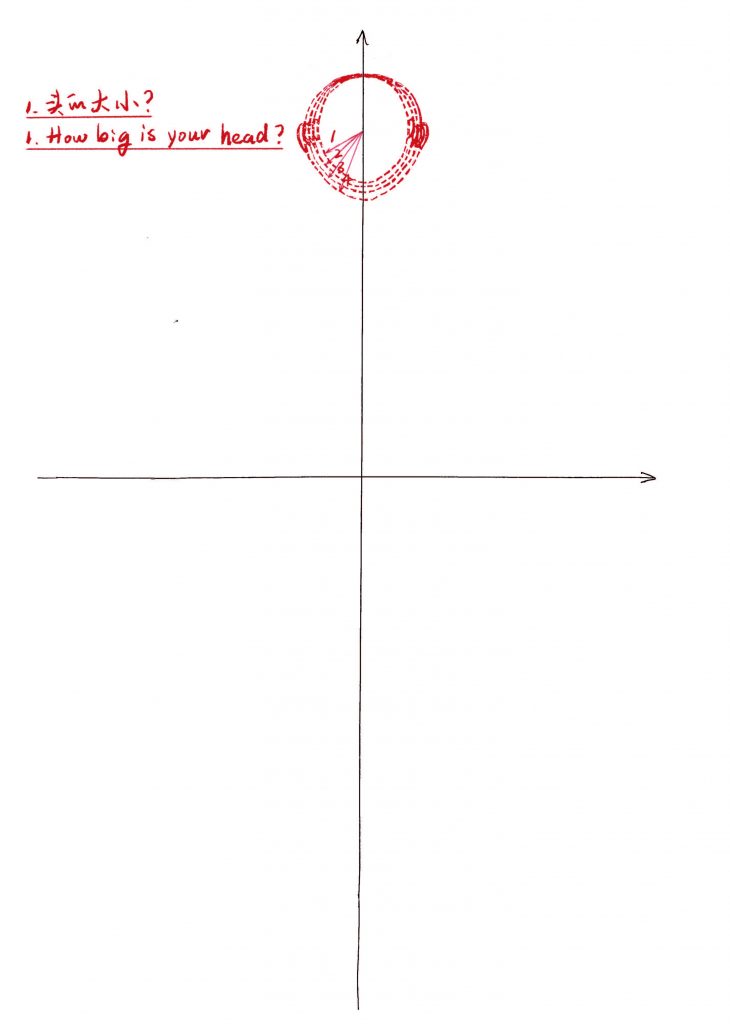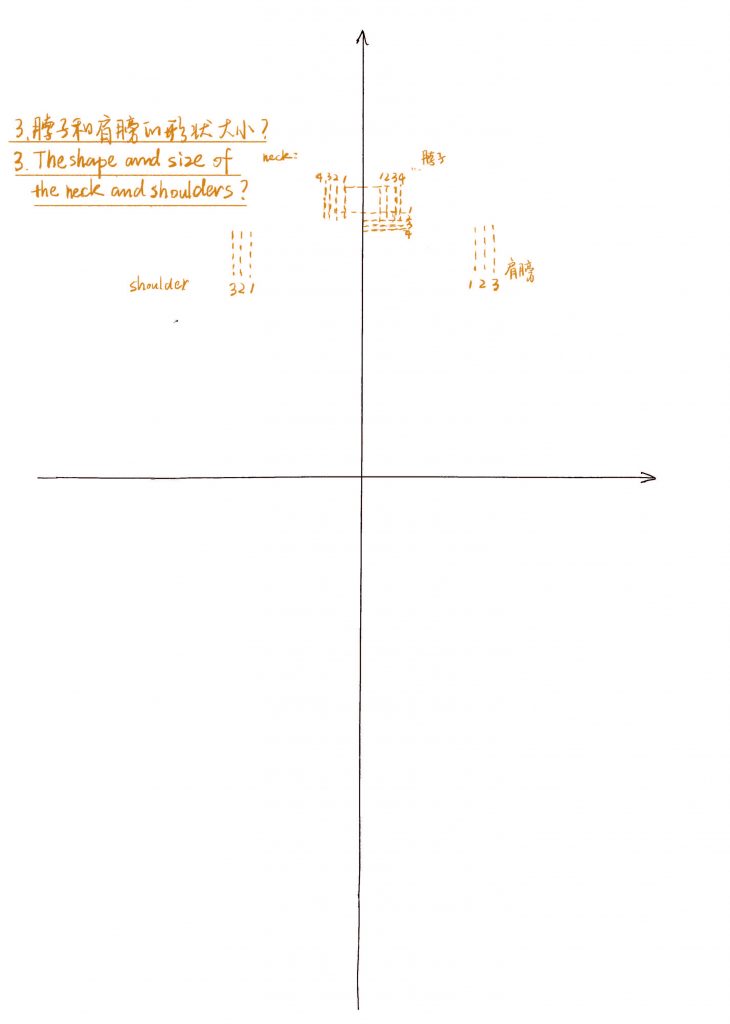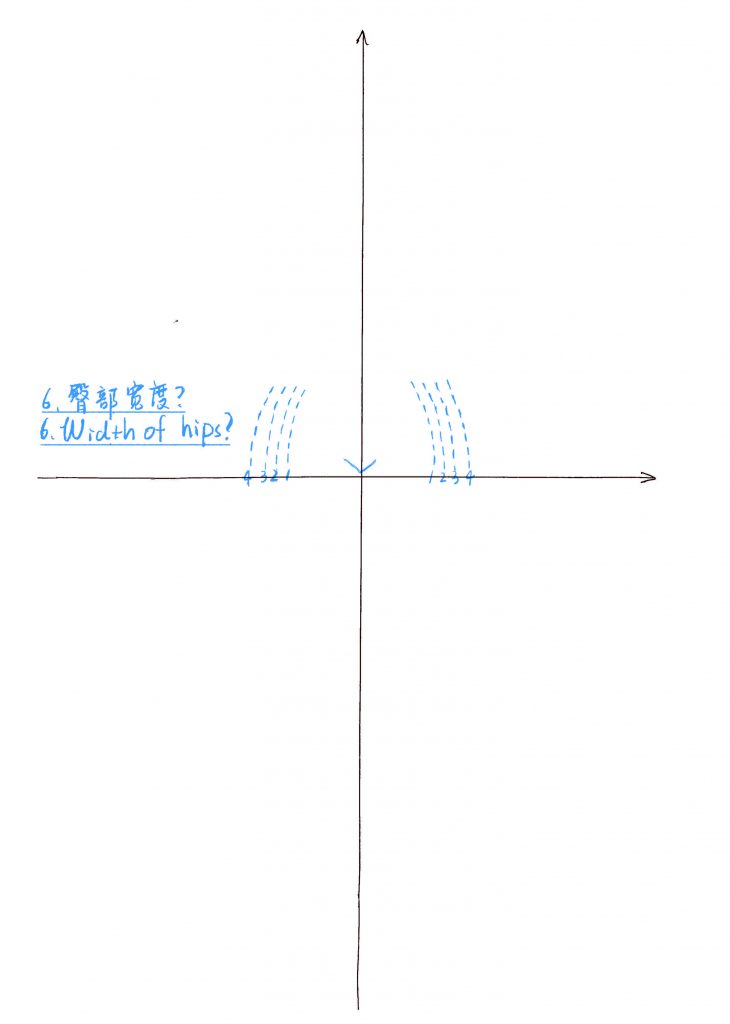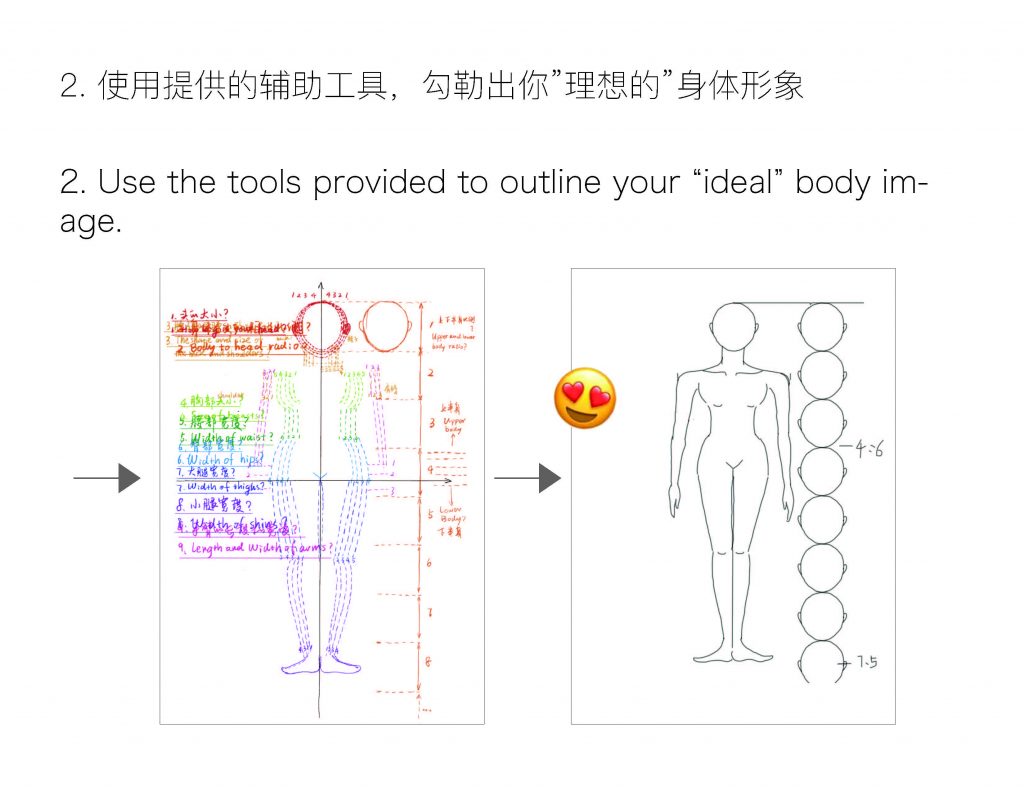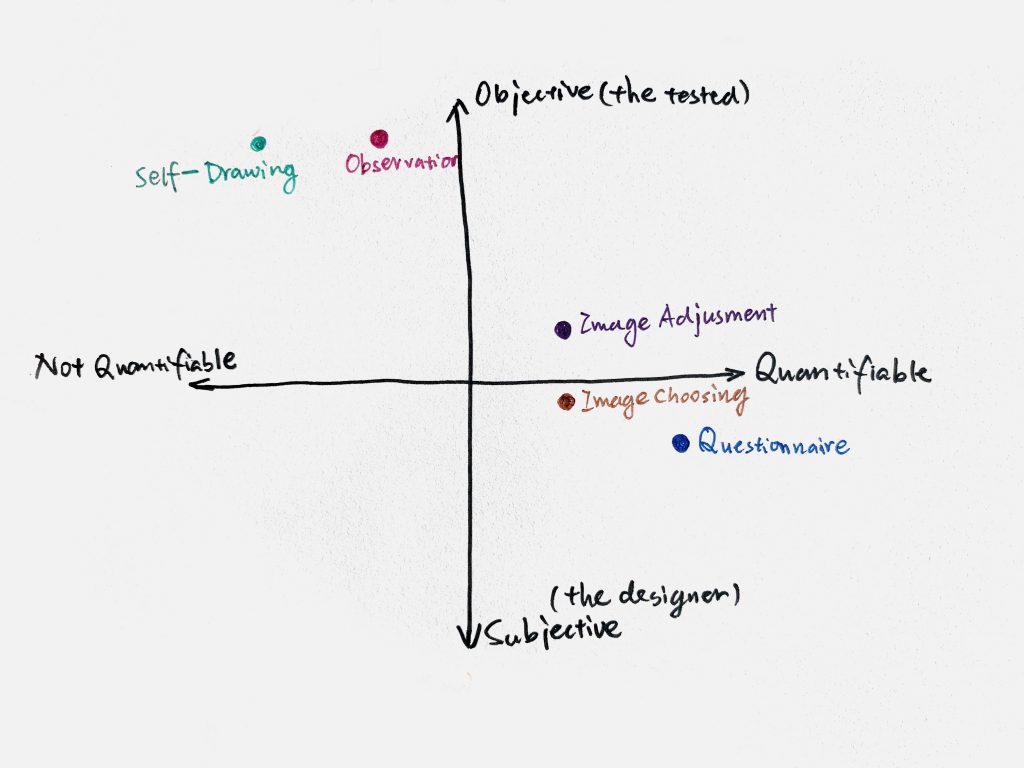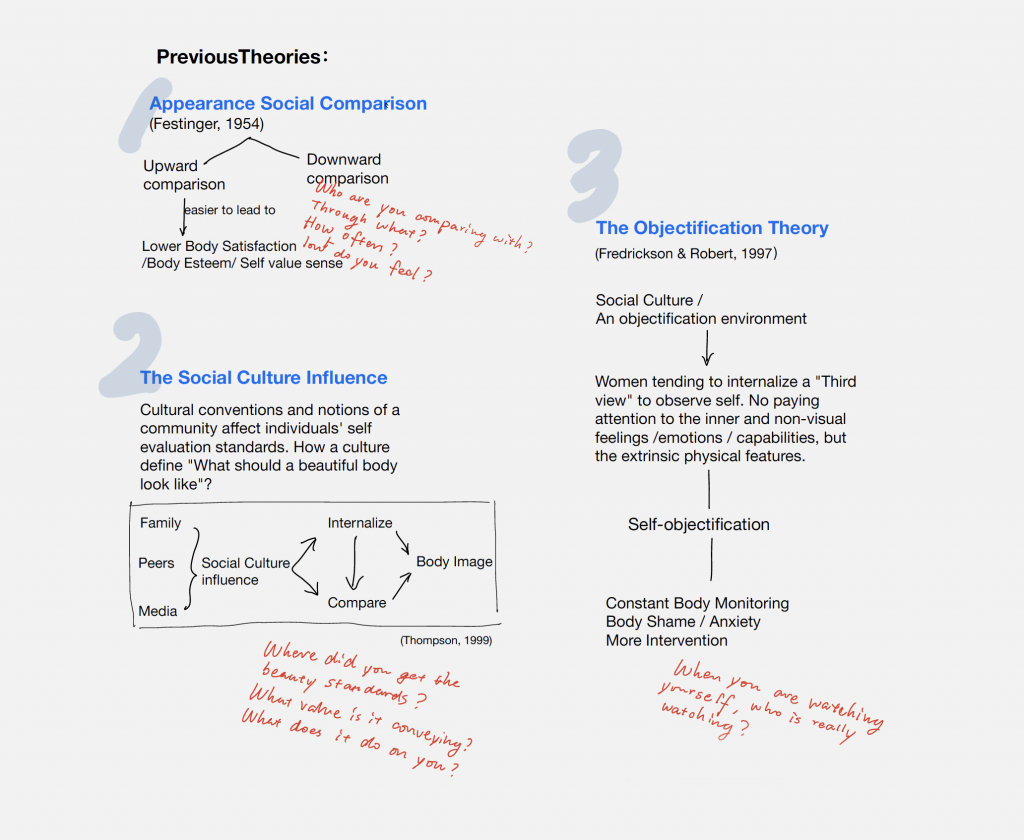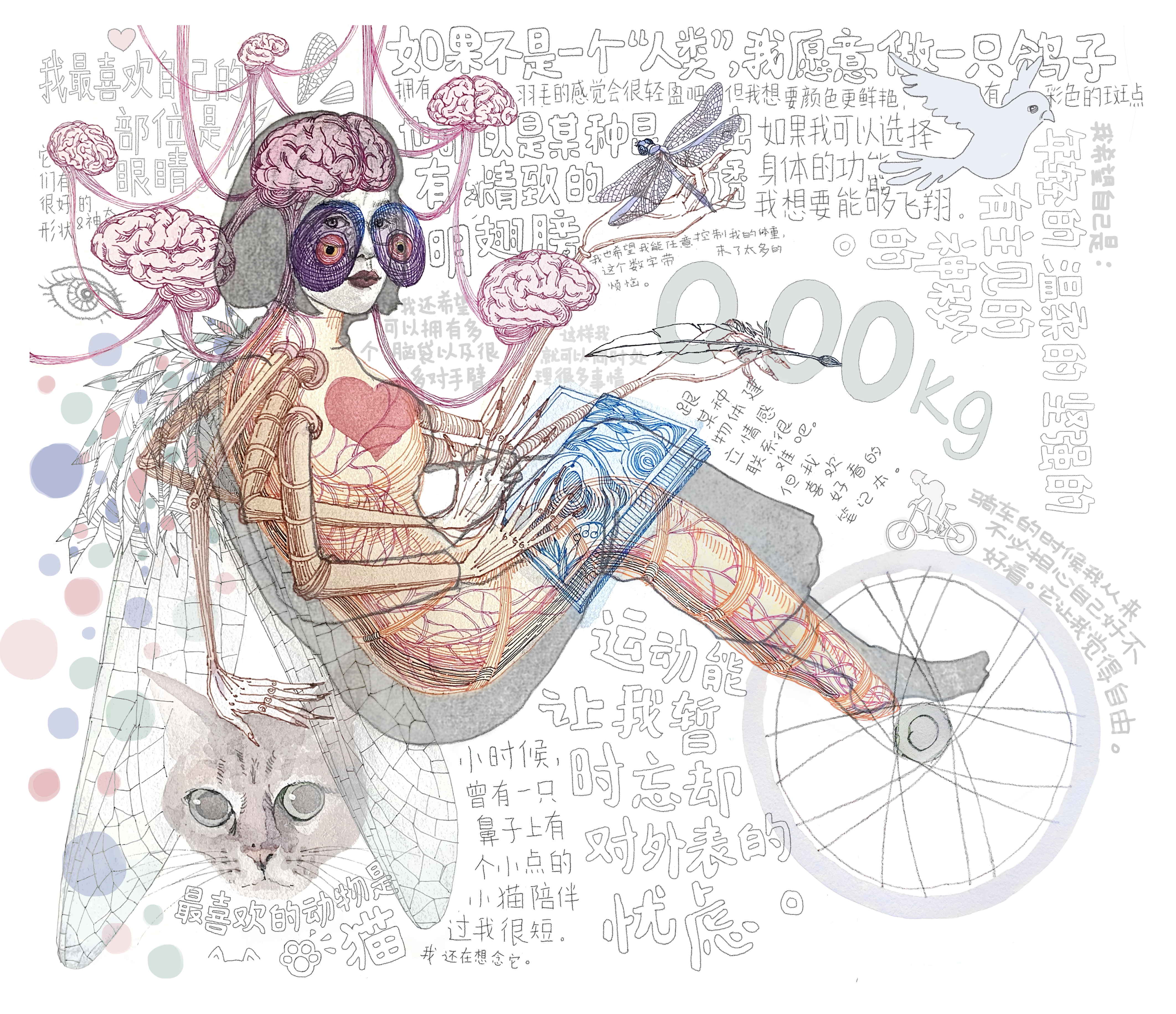
“If not a human, I want to be a pigeon. It will be very light to have feathers, but I want a more colorful appearance, such as having color spots on feathers. It can also be some kind of insect with delicate transparent wings.
If I can choose the function of my body, I want to be able to fly. Maybe I can also have a lot of heads and arms, so I can handle a lot of things at the same time. One more wish, if possible, I want to be able to control my weight at will, because this number brings too much frustration .
I like my eyes. They have good shape and look. I like my smile, but I don’t like my laughing, it make me look a little silly. My favorite animal is the cat. I once had a kitten with black spots on his nose. I still miss him. It’s hard for me to emotionally connect with objects, but good-looking notebooks always make me happy. Sports can make me forget about my appearance for a while. I like cycling. I never have to worry about how I look when I ride. It can give me short-term freedom.
My expectations for myself are: young, gentle, strong, independent and mysterious.“




